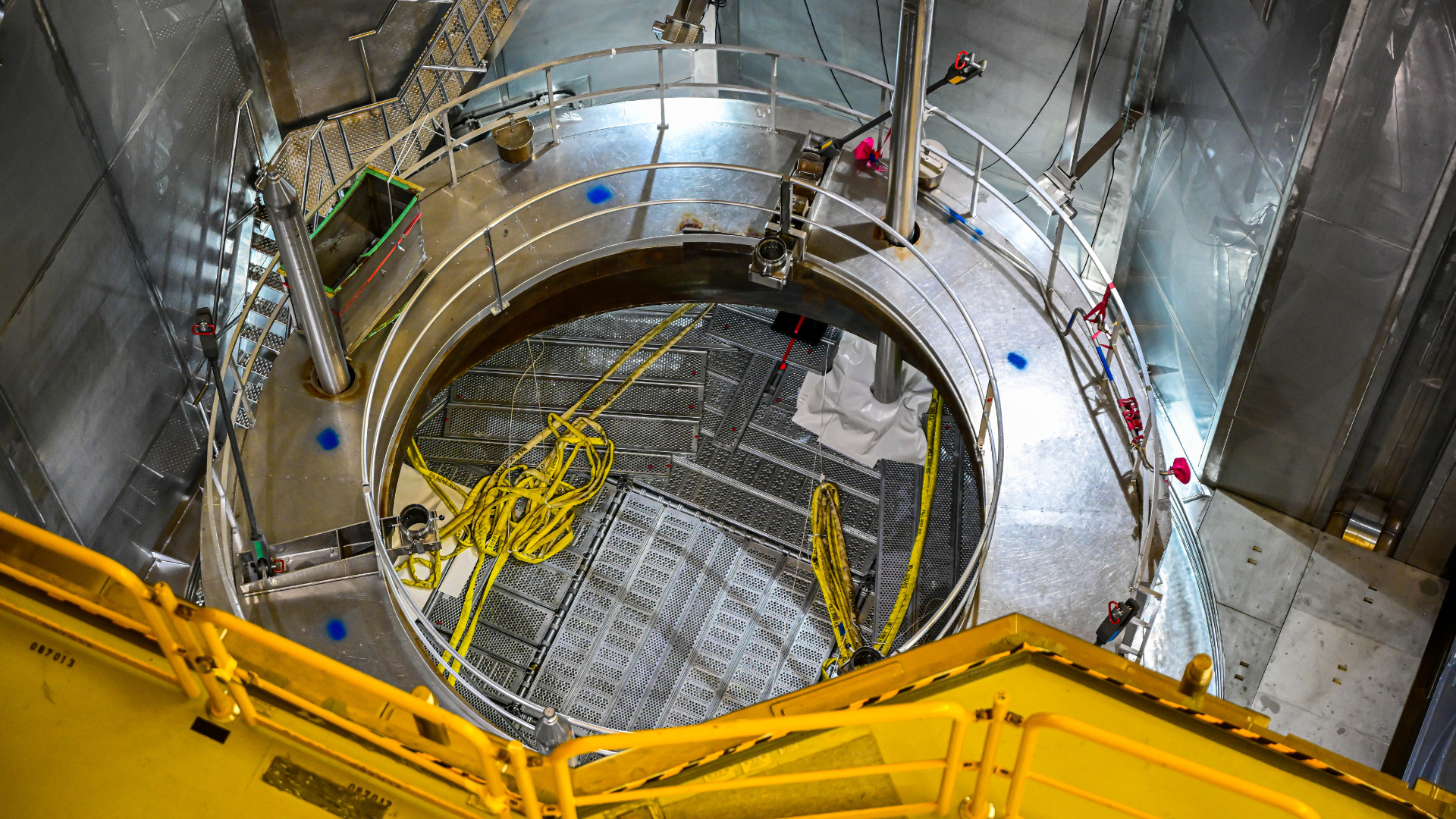Real-time 3D imaging shows nuclear materials corroding under stress

Source: interestingengineering
Author: @IntEngineering
Published: 8/28/2025
To read the full content, please visit the original article.
Read original articleMIT researchers have developed a novel real-time 3D imaging technique that uses focused high-intensity X-rays combined with a silicon dioxide buffer layer to observe nanoscale corrosion and strain in nuclear reactor alloys, specifically nickel-based metals. This method overcomes previous challenges by stabilizing samples and allowing phase retrieval algorithms to capture the dynamic failure processes inside materials under conditions simulating those in nuclear reactors. By watching corrosion and cracking as they happen, scientists can better understand material degradation, which could lead to designing safer, longer-lasting nuclear reactors.
An unexpected outcome of the research was the ability to tune strain within crystals using X-rays, a finding with potential applications beyond nuclear engineering, including microelectronics manufacturing where strain engineering improves device performance. The team plans to extend this technique to study more complex alloys relevant to nuclear and aerospace industries and investigate how varying buffer thickness affects strain control. Experts highlight the significance of this work for advancing knowledge on nanoscale material behavior under radiation and the importance of substrate effects in strain relaxation.
Tags
materialsnuclear-materialscorrosion3D-imagingX-ray-imagingnuclear-reactorsmaterial-science